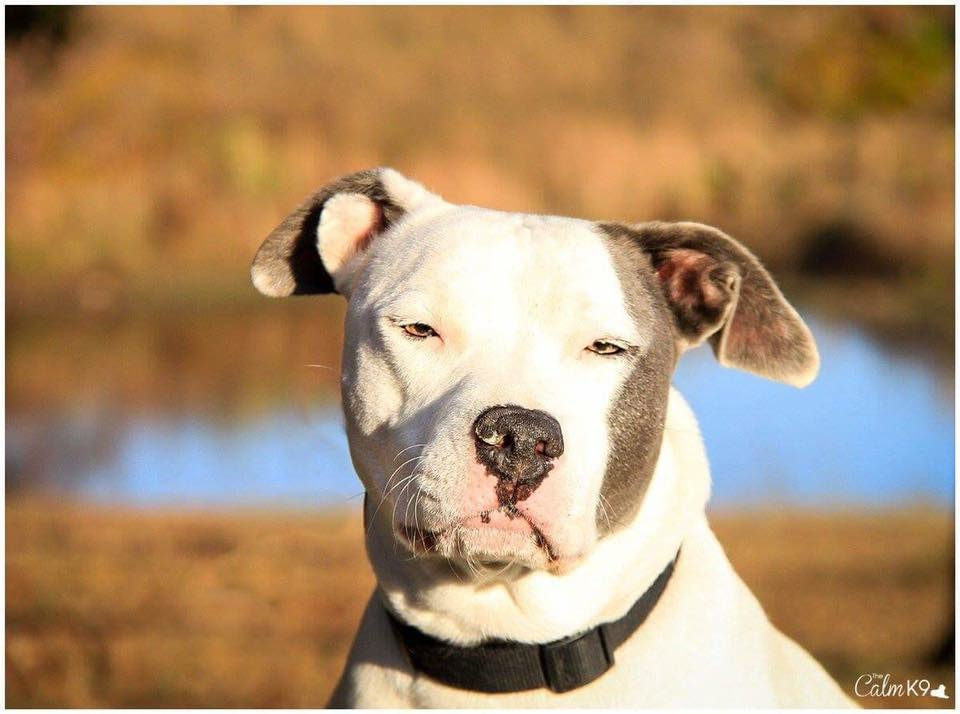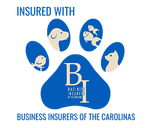Many people consider pit bulls to be predisposed to aggression. Historically, a pit bull is a descendant of the English bull-baiting dog – a dog that was bred to bite and hold bulls, bears, and other large animals around the face and head. When baiting large animals was outlawed, people crossed these larger dogs with smaller terriers to produce a more agile dog to fight other dogs.
Even though pit bulls were bred to fight dogs, aggression towards people was not tolerated. Research shows that dogs aggressive towards other dogs are no more likely to be hostile toward humans than dogs that aren’t aggressive to other dogs.
As a first step, it is important to have the dog evaluated by a reputable and experienced dog trainer or behaviorist. An evaluation will help determine the seriousness of the issues. Often times, a fearful or reactive dog is incorrectly marked as aggressive. There is no one training methodology that works in all situations. The owner needs to find a trainer whose methods make the most sense to the owner. Once the trainer prepares a training plan, it will be the owner who will need to continue train and manage the dog. The better the owner understands and stays consistent with the chosen training methodology, the better the outcome will be.
The training plan should include basic obedience training and dog socialization. While this particular dog may never like other dogs, he should learn how to remain calm and listen to the owner’s commands in any situation. The owner should take a few safety measures before this goal is reached. The focus should be placed on keeping the dog out of situations where he is set up to fail. Dogs with aggressive tendencies should not be taken to dog parks or ever run off leash in any areas except a fenced-in yard.
Training an aggressive or a reactive dog involves a lot of work, but with a clear training plan and the owner’s involvement, the dog can learn how to behave and make the right choices in critical situations.
Curtis Craig, dog trainer
The Calm K9


 RSS Feed
RSS Feed


